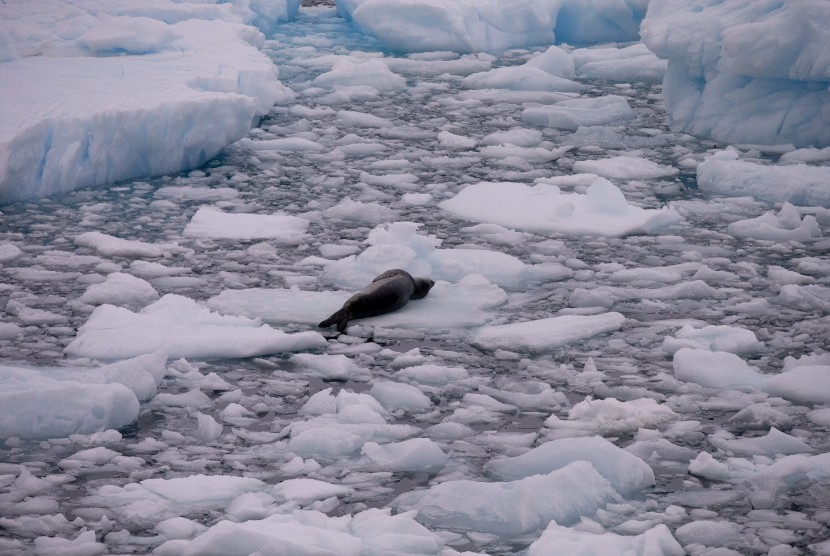Scientists find evidence of wildfires in Antarctica.
REPUBLIKA.CO.ID, JAKARTA — New study finds Forest fires happened in Antartika 75 million years ago. At that time, dinosaurs were still roaming the Earth.
During the late Cretaceous period (100 million to 66 million years ago), one of the warmest periods on Earth, James Ross Island in Antarctica was home to climatic forests of conifers, ferns, and flowering plants known as angiosperms.
Reported from Science Alert, Wednesday (27/10), ancient Paleo-fires burned parts of the forest dry. The fires left the remains of charcoal which scientists have now taken up and studied.
“This finding expands knowledge of the occurrence of vegetation fires during the Cretaceous period, suggesting that such episodes were more common than previously thought,” said study lead researcher Flaviana Jorge de Lima, a paleobiologist at the Federal University of Pernambuco in Recife, Brazil.
The find marks the first evidence in the paleo fire record on James Ross Island, the part of the Antarctic Peninsula that now lies beneath South America.
This discovery adds to evidence that spontaneous fires were common in Antarctica during the Campanian epoch (about 84 million to 72 million years ago). In 2015, in a separate study, researchers documented the first known evidence of ancient forest fires dinosaur in West Antarctica, according to a study in the journal Palaeogeography, Palaeoclimatology, Palaeoecology.
For the new work, an international team of scientists analyzed fossils collected during the 2015-2016 expedition to the northeastern part of James Ross Island. These fossils contain plant fragments that look like charcoal residue, which has weathered over the last tens of millions of years.
The charcoal fragments are small-the largest paper-thin pieces measuring only 19 x 38 mm. However, scanning electron microscopy images revealed their identities: These fossils are likely burnt gymnosperms, possibly from the botanical family of coniferous trees called Araucariaceae.
Intense wildfires were frequent and widespread during the late Cretaceous period, although most evidence of these fires is located in the Northern Hemisphere. Several cases were documented in the Southern Hemisphere in what is now Tasmania, New Zealand and Argentina.
During the late Cretaceous period, the supercontinent Gondwana broke up, leaving places like Antarctica more isolated than ever. This ice-free region has many sources of ignition, including lightning strikes, fireballs from falling meteors, and volcanic activity, as well as flammable vegetation and high oxygen levels. These factors help the fire to burn quickly.
Now, researchers are looking for new records of paleo fires in other locations in Antarctica. The study was published online on October 20 in the journal Polar Research.
– .


